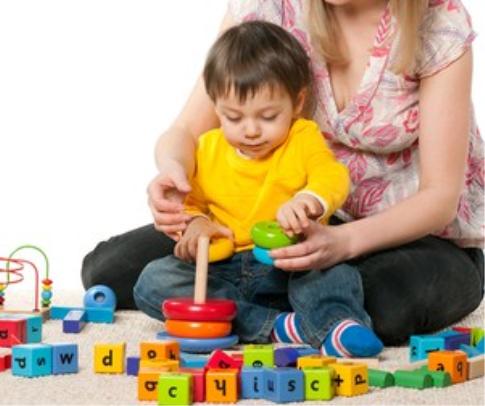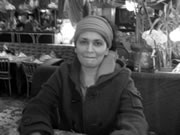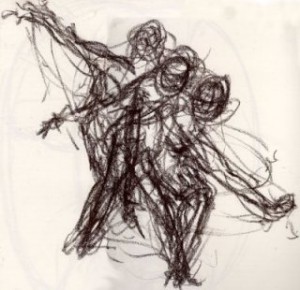Here’s an interesting article on how Biodynamic Craniosacral Therapy is being used to help support children with ADHD, Autism and Aspergers. Angela Wheeler explains, “Over activation of the child’s nervous system can result in excitability, lack of concentration, poor sleep and an over-sensitive body. BCST enables the child’s nervous system settle by bringing balance to their body through the nerves and associated structures.
Children all need support during their development.



